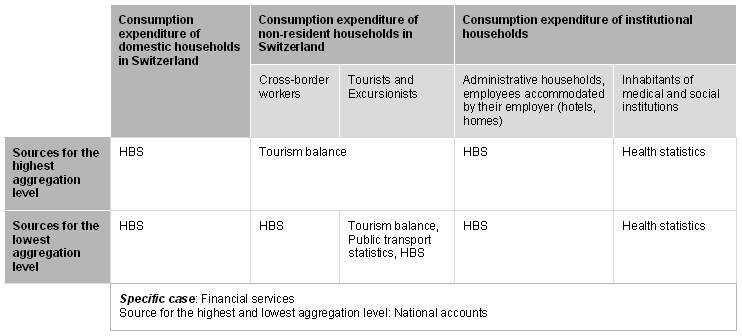Harmonized Index of Consumer Prices
The calculation methods and coverage of national consumer price indices (CPIs) can vary greatly from country to country, making international comparisons of inflation very difficult. To cope with this problem, European Union (EU) member countries as well as Norway and Iceland have adopted an indicator that is calculated using a harmonized methodology which allows them to make international comparisons of inflation.
Harmonization of price indices has been a gradual process. The Maastricht Treaty signed in 1991 laid the foundation for harmonizing consumer price indices. Over the years, new Regulations have supplemented the HICP legal framework, each of them enacted in the form of minimum standards and requiring the implementation of new mandatory measures while allowing the adoption of different solutions to harmonization problems, provided the HICPs are still comparable.
At present, the HICP legal framework comprises 18 Regulations.
The HICP measure the change in prices of goods and services available for purchase in Switzerland and which are representative of the consumption of private and collective households irrespective of their country of residence. It indicates how much consumers have to increase or decrease their expenditure to maintain the same volume of consumption, despite variations in price.
Use of HICP
The Harmonised Index of Consumer Prices is published as from 2008 according to European legislation and enhances the portfolio of economic indices available in Switzerland. The HICP is one of the modules which supplements the basic information provided by the CPI.
The HICP allows the comparison of inflation with EU member countries, as well as with Norway and Iceland. Initially, HICPs were used mainly to assess compliance with the price stability convergence criteria on which membership of the European Monetary Union was conditional. HICPs make it possible to calculate various indices that are aggregated at European level, the best-known of which is the European Monetary Union Consumer Price Index, the main tool for steering the European Central Bank’s monetary policy for the euro zone.
Household final monetary consumption expenditure
HICP coverage is demarcated by the household final monetary consumption expenditure covered by the four-digit COICOP classification categories and sub-categories.
For calculating the HICP, account must be taken of that part of expenditure which is incurred:
- by households, irrespective of nationality or residence status
- on the national economic territory
- for goods and services that are used for the direct satisfaction of individual needs or wants.
The following are excluded from household final monetary consumption expenditure: social transfers such as direct taxation, social contributions such as occupational pension premiums, the percentage of private insurance premiums reimbursed to households as compensation for damages, and alimony. Moreover, non-monetary transactions such as the imputed rents of owner-occupiers are excluded from the HICP.
Price survey system
The HICP is calculated every month by the Federal Statistical Office (FSO). A total of approximately 70,000 prices are surveyed every month. Most of these prices are used to calculate both the CPI and the HICP. The FSO realizes this survey in cooperation with a commissioned company. Various survey techniques are used. Prices are collected directly in the outlets, by post and e-mail, and using the Internet. The decisive prices are those paid by consumers for goods and services bought in Switzerland (incl. VAT, taxes, sales).
Fixed basket
To measure the change in prices a fixed basket has been defined. This basket comprises a representative selection of goods and services consumed by private and collective households irrespective of their residence. The fixed basket is divided into 12 expenditure areas (main groups). Each main group is weighted according to the share of the households’ consumption expenditure it represents.
For the index calculation, the prices of the surveyed goods and services are compared with the prices of the same items in the base period. This evolution is included in the fixed basket as a subindex. The HICP is composed by 94 weighted subindices and their aggregations.
As the HICP’s geographic coverage is defined according to the domestic concept, it is not possible to base weighting of the Harmonized Index of Consumer Prices solely on the Household Budget Survey (HBS), as can be done for the CPI. The table below represents the different sources of the Swiss HICP.






